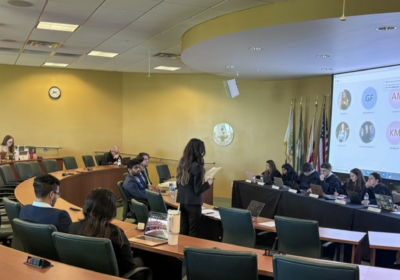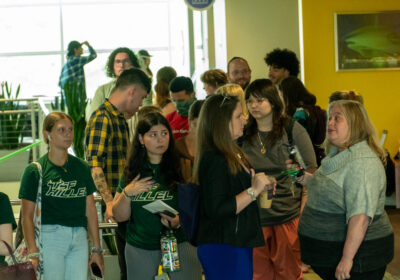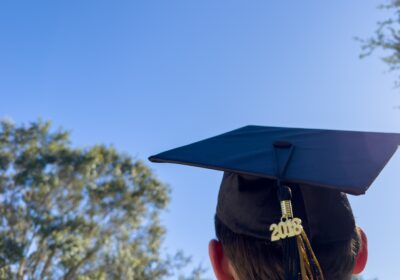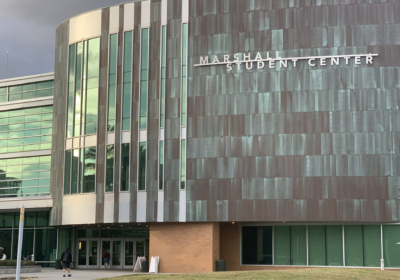MOSI displays many dimensions of 3-D printing

“3D Printing the Future” opened Saturday at the Museum of Science and Industry located near campus.
ORACLE PHOTO/ADAM MATHIEU
Researchers and engineers at USF are bringing the fun of 3-D printing out of the lab and into the spotlight with a new exhibit at the Museum of Science and Industry (MOSI).
“3D Printing the Future,” which opened Saturday, allows the public to see exactly what new technology can do, with workshops that allow visitors to make their own 3-D printed objects and replica models of themselves.
Lori Collins, co-director and research assistant professor for the Alliance for Integrated Spatial Technologies (AIST), is the guest curator for the exhibit and has been working to set the theme for the showcase.
“Through 3-D printing, we can make digital data something you can actually hold and print full-scale to see and appreciate,” Collins said. “It’s used a lot in teaching and getting students engaged in three-dimensional data.”
3-D printing also allows researchers to create replicas for other museums to preserve pieces of history that would once be forgotten.
Collins predicted we could see a greater prevalence of 3-D printers in the next three to five years. She said fabrication of these prints could enhance the efficiency of a classroom as students get a more hands-on feel for what they are studying.
The exhibit at MOSI showcases replications of forensic science materials such as footprints and a human skull. Collins said learning about forensics from two-dimensional pictures in a textbook rather than a three-dimensional anatomical model can prove a little less fulfilling when it comes to human observations.
“Looking at something on a screen or a picture or sometimes even standing in front of it, we can’t quite appreciate it because the human eye can’t see all the detail of it,” Collins said. “3-D scanning can enhance, exaggerate or feature certain areas.”
Not only does 3-D printing affect education, Collins said it also has the potential to grow into other sectors like the arts.
At the exhibit, fashion lovers can feast their eyes on a sleek, ready-to-wear black bikini with a cover-up wrap made from a 3-D printer. One designer featured in the exhibit also created a pair of white high-heeled shoes.
Anthony Pelaez, director of education at MOSI, said he sees 3-D printing as an opportunity to bring more engineers into the home. With 3-D printing, Pelaez said children could learn how to solve problems from a younger age, even before they reach school.
“Younger children have the opportunity to solve problems like fixing their bicycles with the growth of 3-D printers into the household,” Pelaez said.
3-D printing has also been used for medical purposes like prosthetics for humans and animals.
Collins said the possibilities are endless and considers this exhibit a cool way for USF to show some cutting edge technologies the university is developing and make them available to the public.
USF students can venture into this field for themselves, as the Advanced Visualization Center on campus allows students to take part in 3-D printing with the ability to request printed material for a fee, ranging between $2 and $13.
The MOSI 3-D printing exhibition is open now until Sept. 28. Pelaez said there will be more 3-D prints and workshops available as the exhibit continues.
Admission to the exhibit for USF students is $5, and faculty and staff get a free ticket with every ticket purchase.






